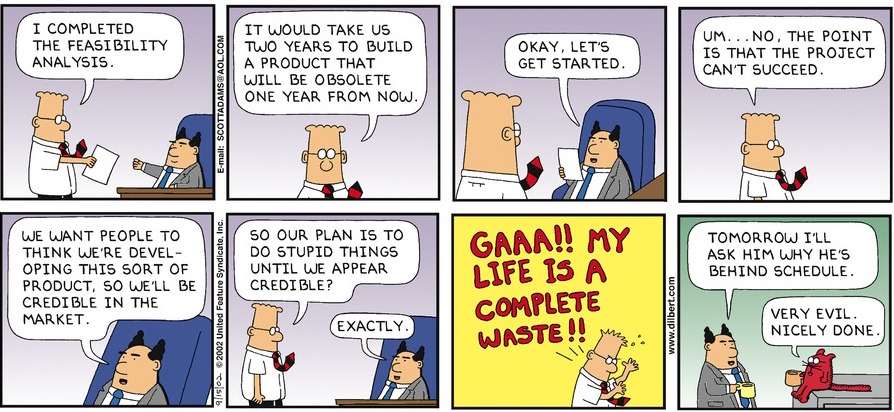As I slide back into industry from a decade at Pragmatic Institute, I encountered the similar issues which many of the customers had who I worked with a Pragmatic – Where are the lines between product and development? What should the Product Owner do? The age old challenges of accountability and hand offs.
With SAFe implementation and generic Scrum deployments in my past, this consistently comes up. So the product owner “represents the customer” is the phrase I most commonly hear which creates friction in the product teams and the larger organization. The product owner role is a tactical role than a strategic role. Don’t get mad at me, not my words but the word of many experts in the field, including this from industry leaders Product Board:
The product manager discovers what users need, prioritizes what to build next, and rallies the team around a product roadmap. The product owner is responsible for maximizing the value of the product by creating and managing the product backlog.
So if the role of driving strategy and roadmap is the domain of product management, that’s business function. Investment, risk and return. The product manage should be focused on what the team should be doing next. What is needed next to hit the business expectations and drive improved product market fit as the product and markets evolve.
Product owners focus on what what should be built now. To build the right thing now, these folks needed to be embedded a daily basis with engineers and designers. That tense based view can help clarify areas of ownership.
To that end, if the product manager drives the strategy, then ownership of the roadmap themes – then the context and focus of the strategic deliverables needs documentation. Writing epics is the typical way that context and alignment to strategy is provided to provide clarity is delivery for their partner, the product owner. Frequent and ongoing collaboration is critical for product teams to work – the relationship with the product owner is no different.
With consistent resetting of priorities and ongoing communication with the product owner is critical to ensure the value is ultimately delivered for the market/customer. So to deliver such value, someone needs to unpack epics and create workable stories for delivery.
Product managers run businesses, not backlogs.





